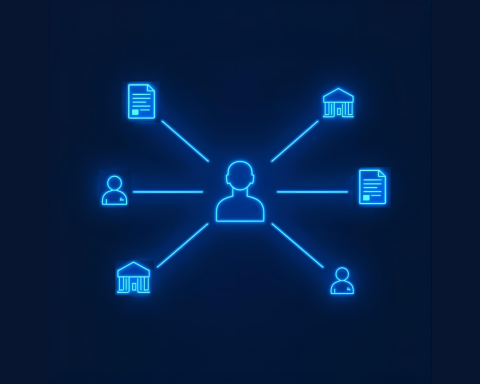Introduction
Under the current legal landscape, law firms are heavily investing in technologies such as generative AI to gain a competitive edge. However, despite these investments, many law firms struggle to surface reliable and consistent insights because the quality of their underlying data remains poor. Common data issues include inconsistent data, duplicate entries, and siloed information spread across various systems. These issues may affect accurate decision-making, organization efficiency, and opportunities for providing superior client service. This article will explore how law firms can overcome these data challenges and harness the full potential of their technological investments through clean, structured, and connected data.
1. Clean Data
Clean data is critical for obtaining accurate and reliable insights. Clean data is data that has been de-duplicated, validated, and standardized to ensure accuracy and consistency. The process of data cleaning involves identifying and removing duplicate records, validating data against known standards, and standardizing formats to create uniformity.
CI helps law firms overcome dirty data by providing comprehensive, de-duped data sets that are cleaned using advanced technology and ongoing human review.
2. Structured Data
Similarly, structured data is another foundational element for consistent and accurate insights. Structured data is organized in a predefined format, making it easy to analyze and integrate with other data sets. In the context of law firms, structured data is achieved by tagging information with unique identifiers and mapping it to standardized codes such as Standards Advancement for the Legal Industry (SALI) codes.
CI’s process for structuring data involves tagging each data point with a unique identifier, mapping these identifiers to standard classification codes, and exporting the data into standardized data tables for analysis. This ensures that the data is consistent and accurate, enabling reliable insights.
3. Connected Data
Connected data refers to the aggregation and linking of data from multiple sources to create a unified view. This is achieved through data aggregation, linking with master identifiers, and normalizing the data to ensure consistency. Connected data enables law firms to surface more comprehensive and enhanced insights. Specifically, it provides firms with a holistic view of client relationships, case experience, and new business opportunities.
CI provides firms with connected data by aggregating data from various partner platforms and normalizing it with CI Identifiers. This enables firms to view integrated content within the CI Directory and further allows firms to replicate datasets within their internal environments, allowing for comprehensive and enhanced insights.
For example, one of our clients, Troutman Pepper, saw a significant improvement in generating immediate and meaningful results within Foundation Firm Intelligence after incorporating CI’s people and matter data.
Conclusion
Reliable and consistent data is the foundation of effective decision-making and superior client service in law firms. By investing in clean, structured, and connected data solutions, law firms can overcome the data conundrum and harness the full potential of their technological investments. At CI, we are committed to helping law firms achieve this goal by providing comprehensive people and matter data solutions tailored to their unique needs. To learn more about our solutions, visit our website at Courtroom Insight.




